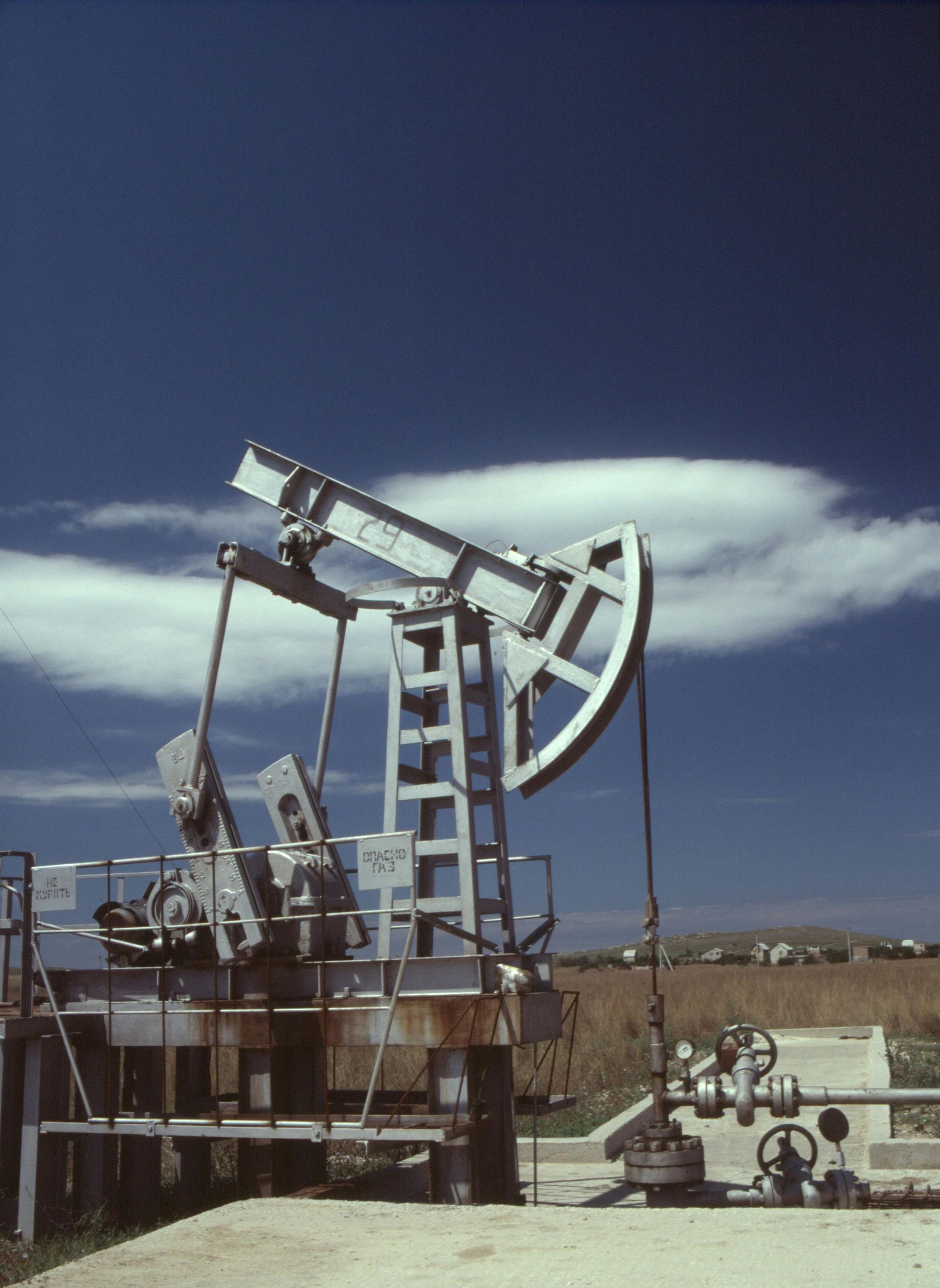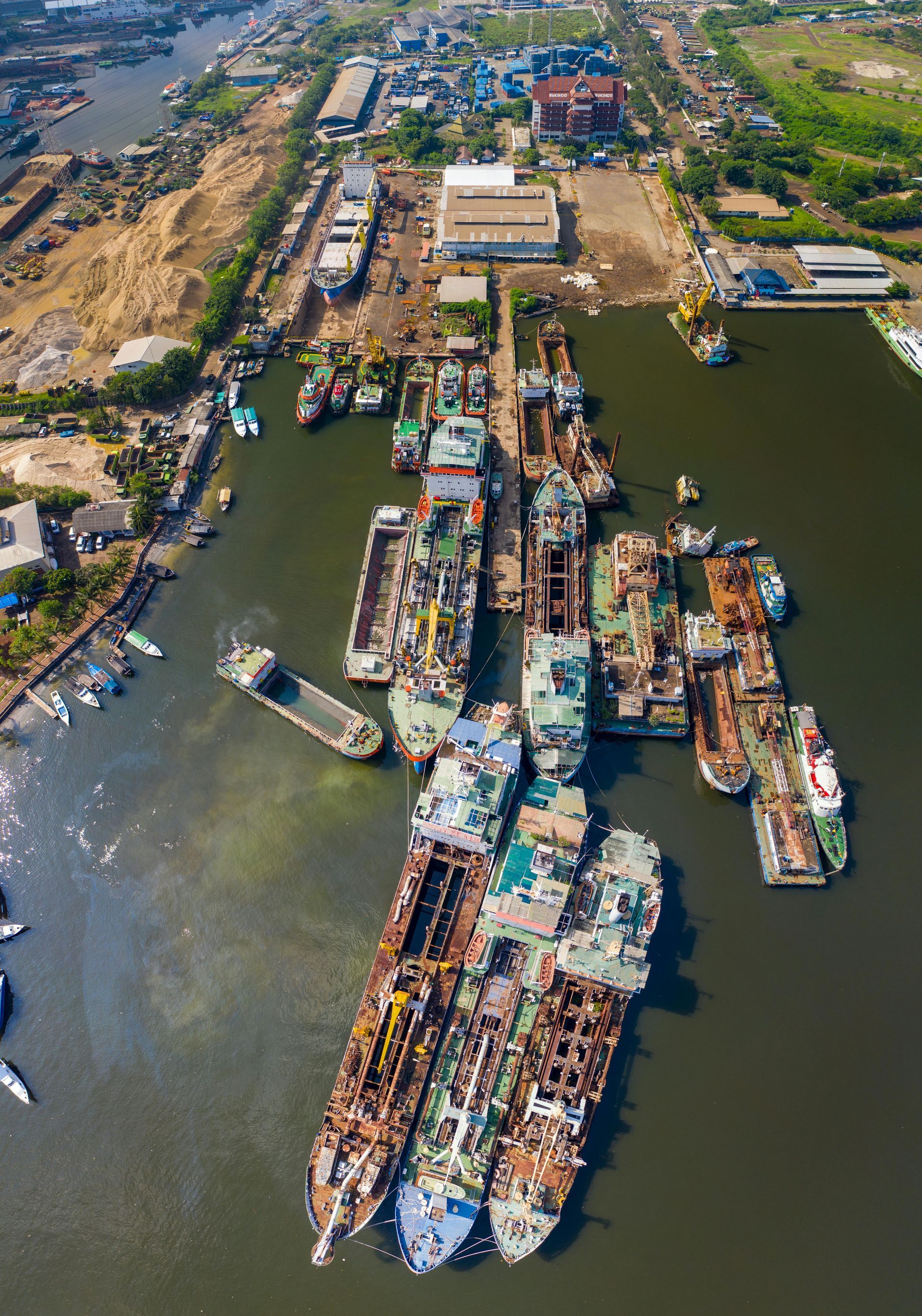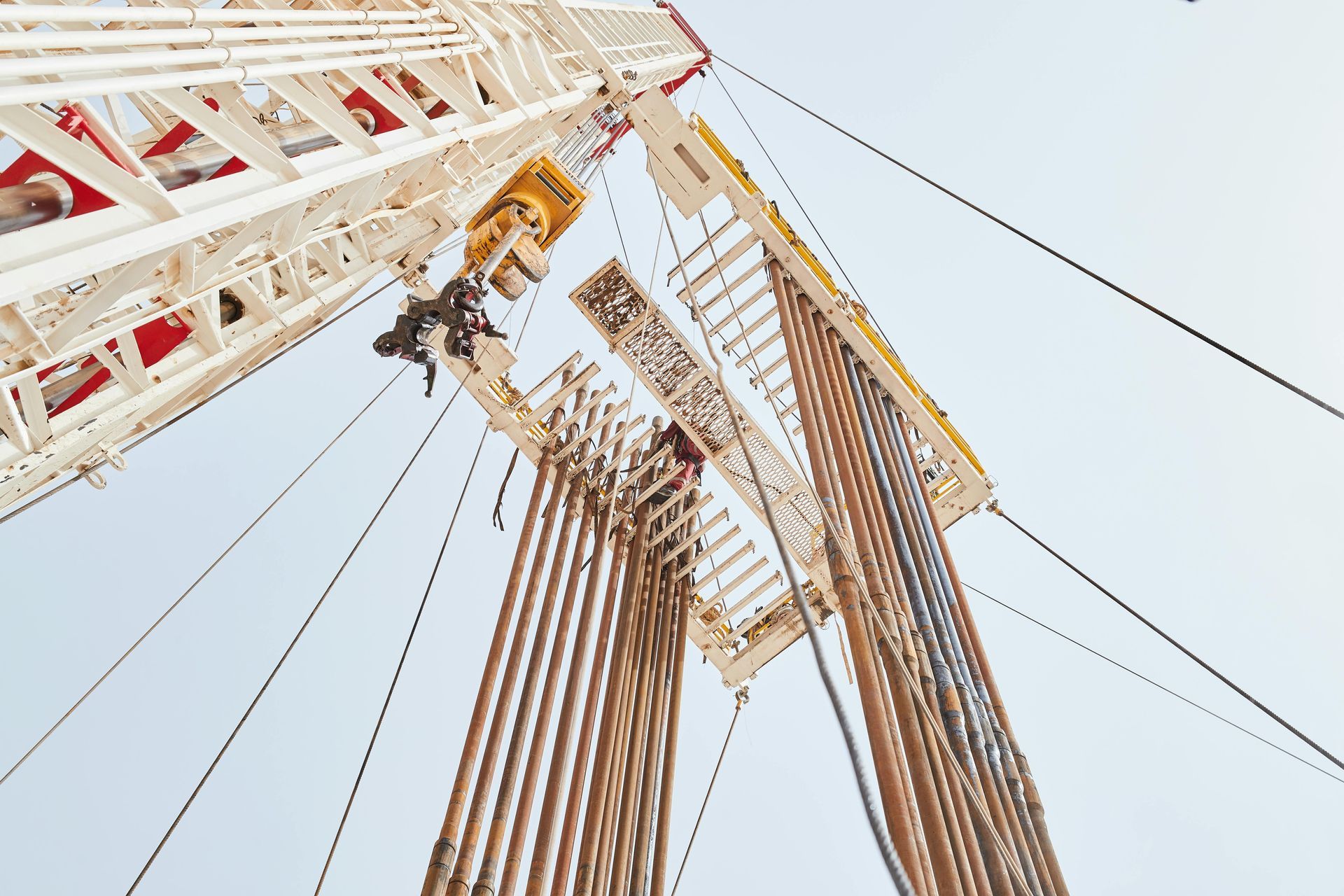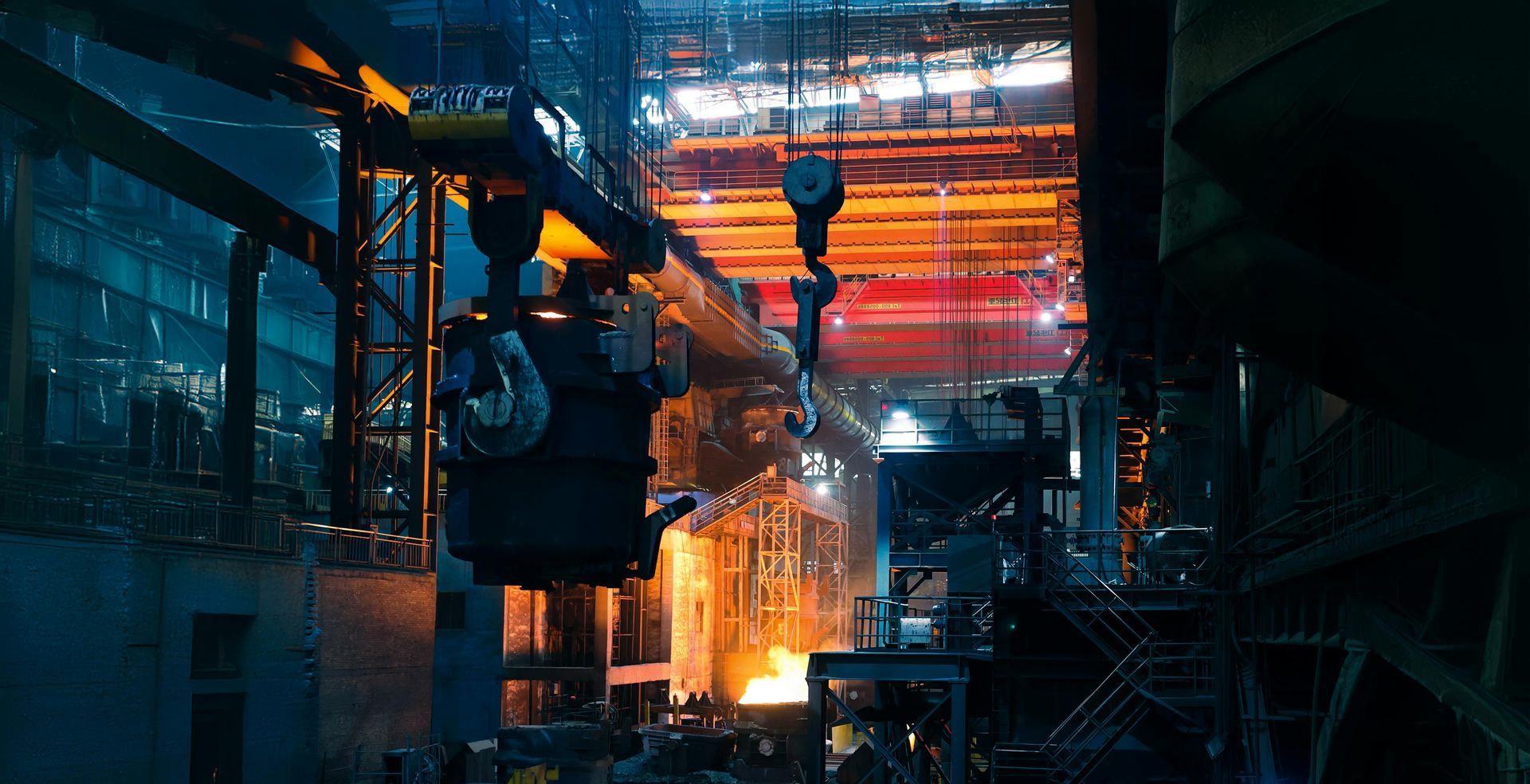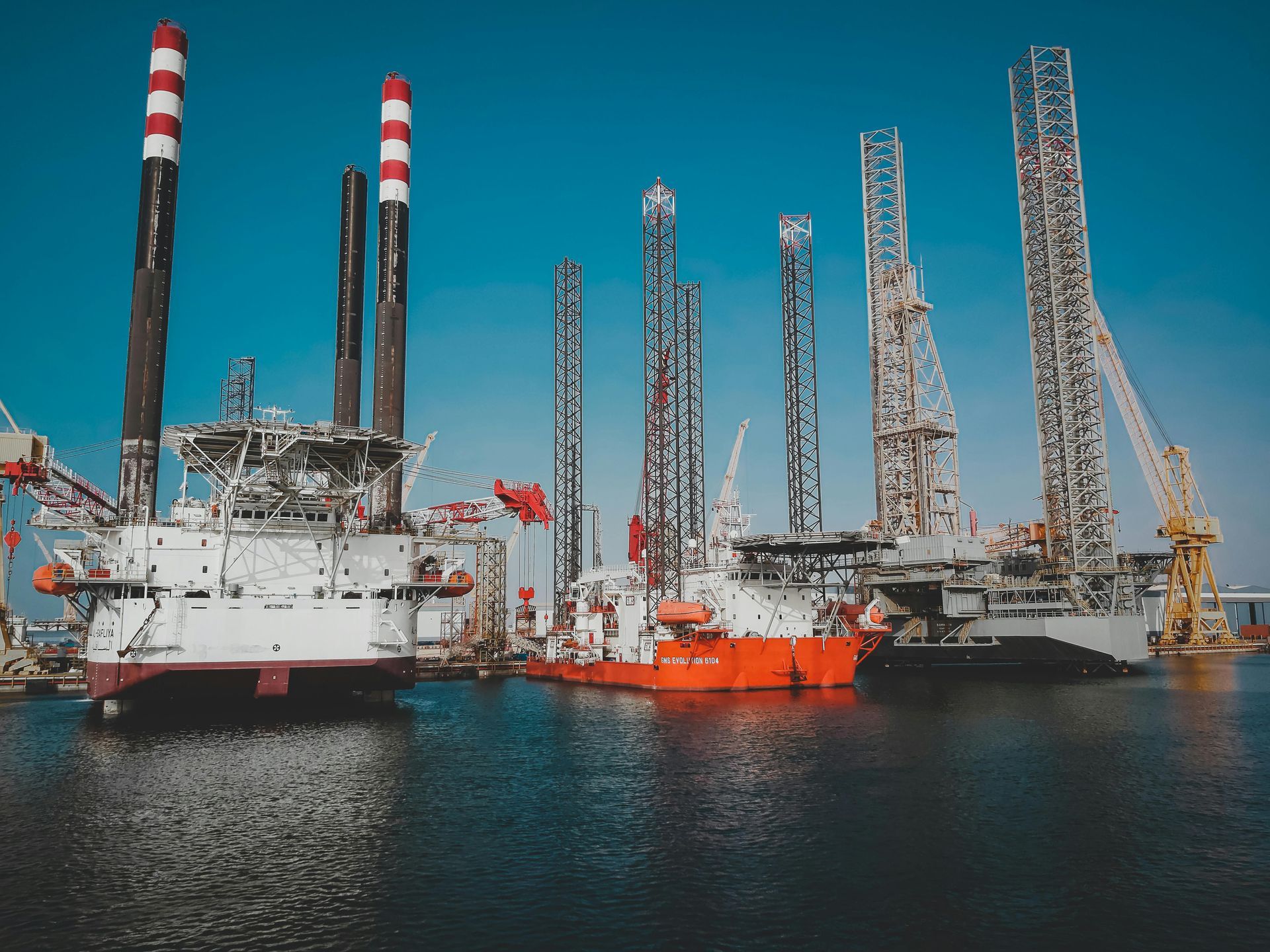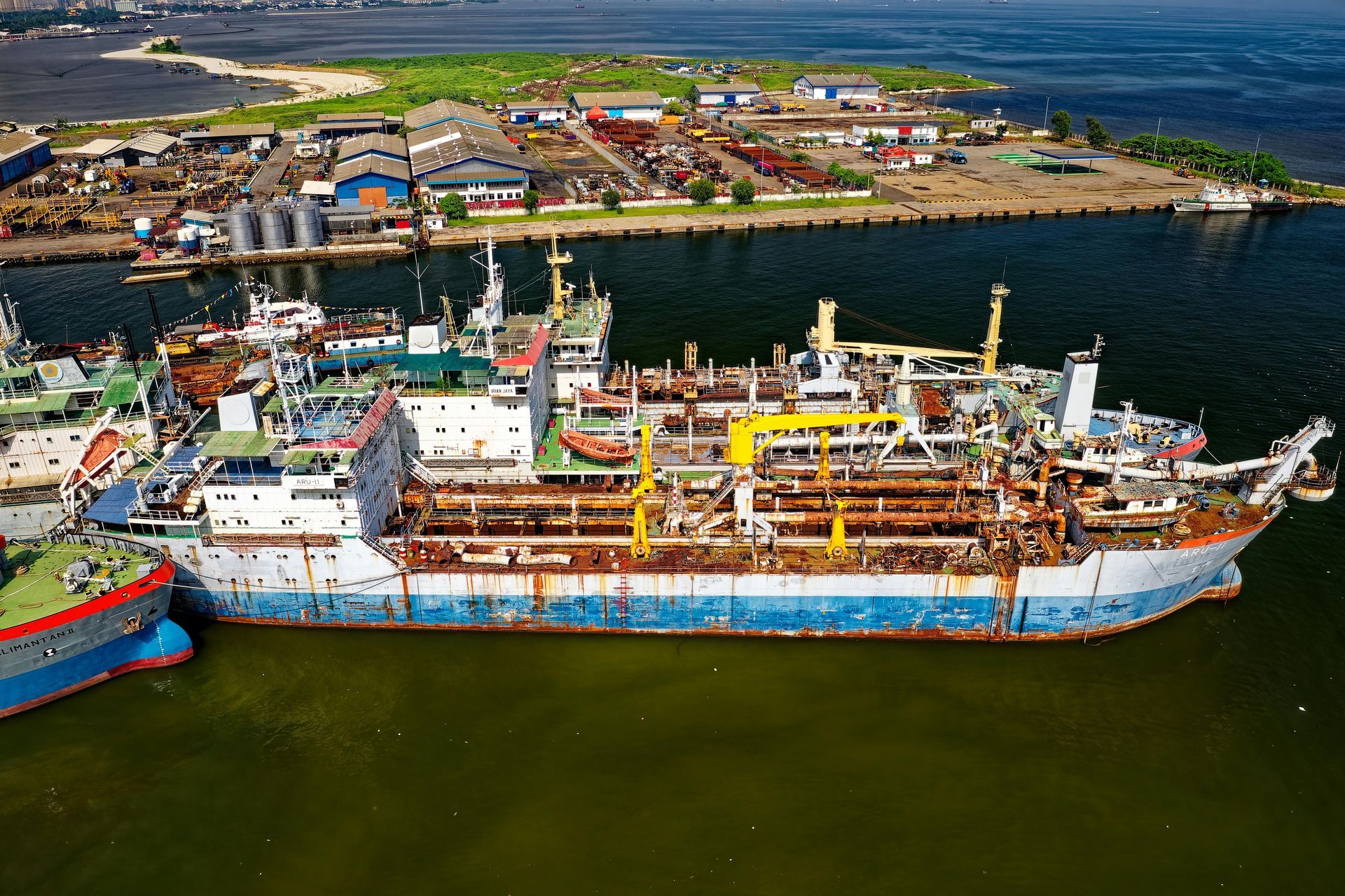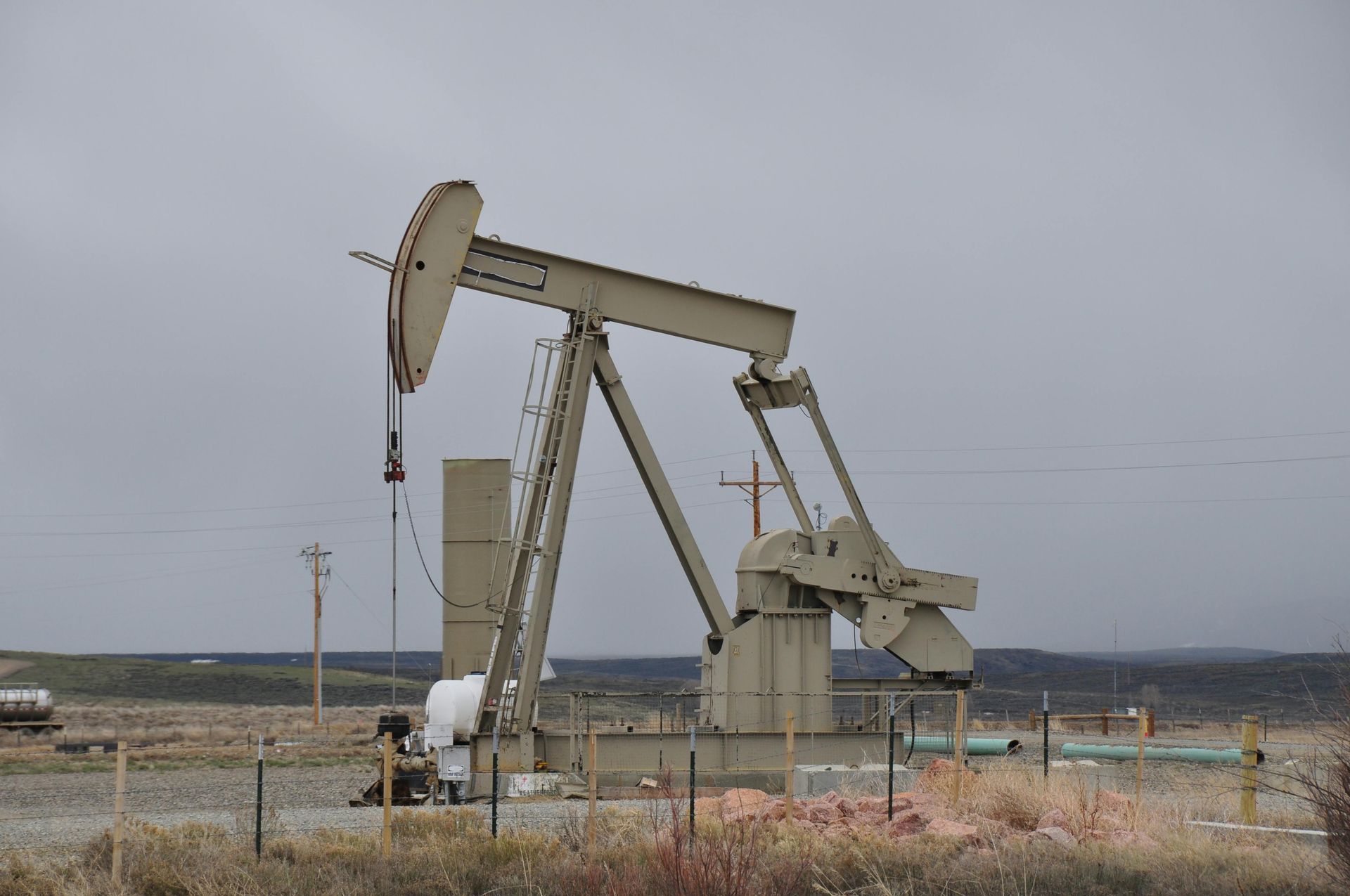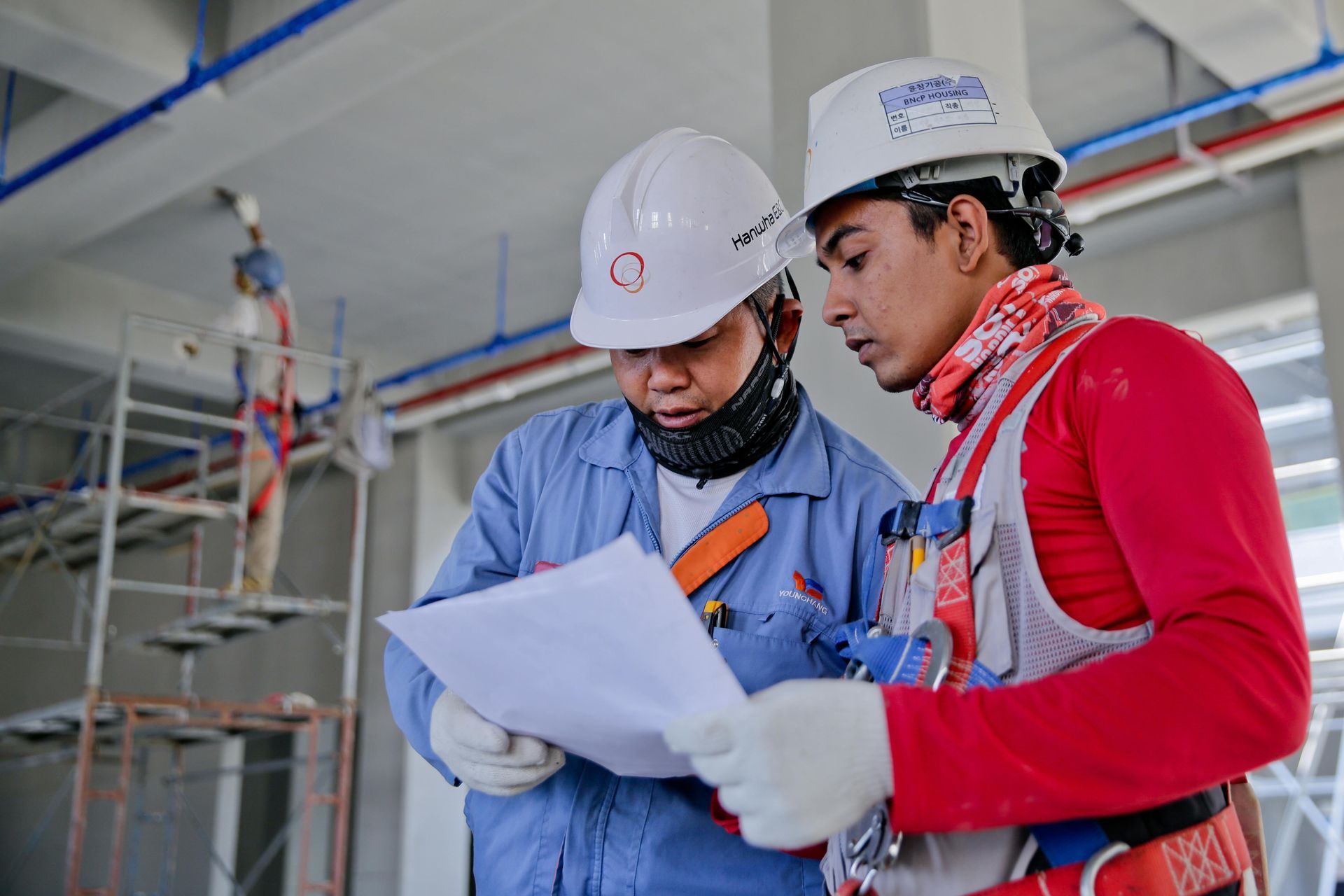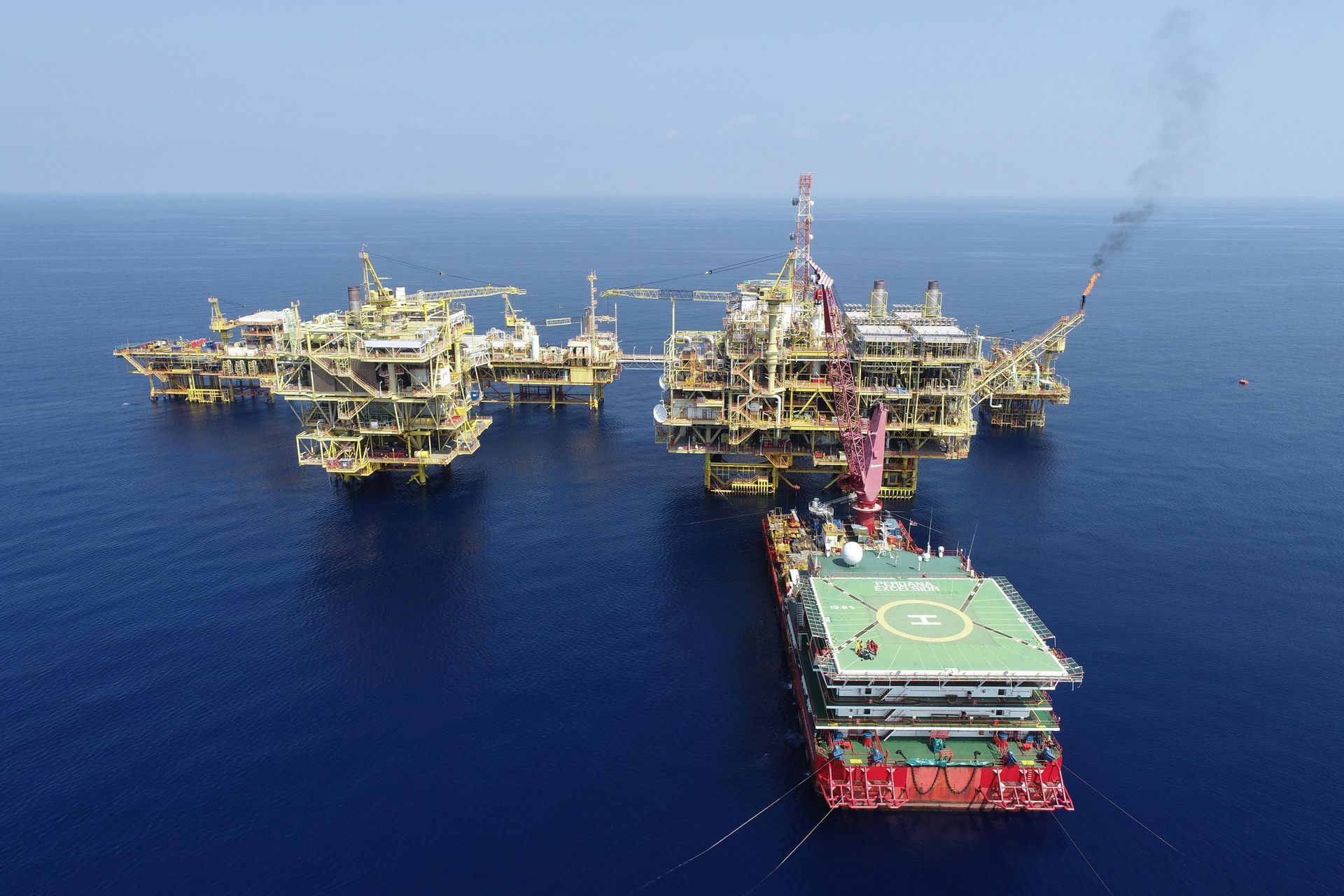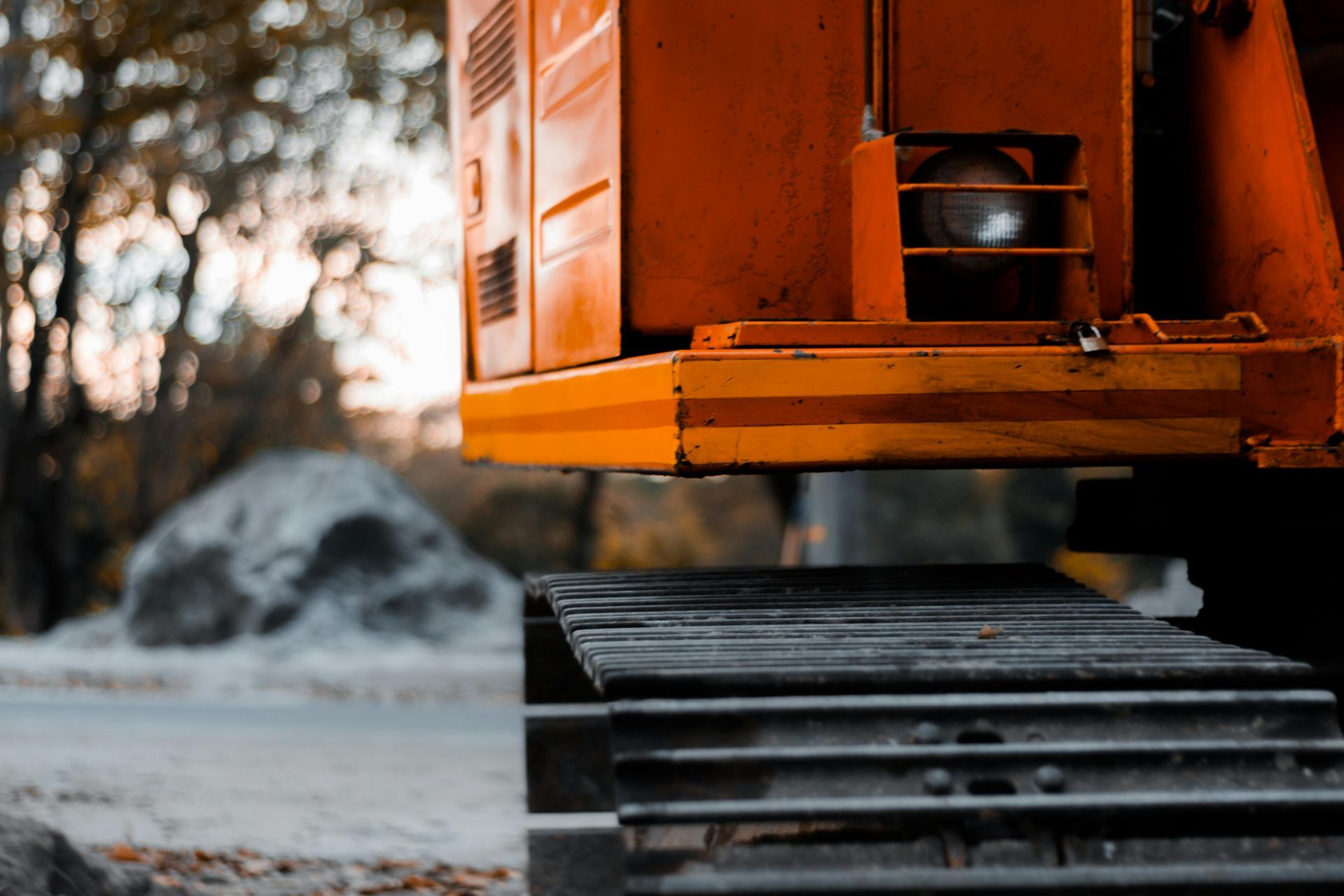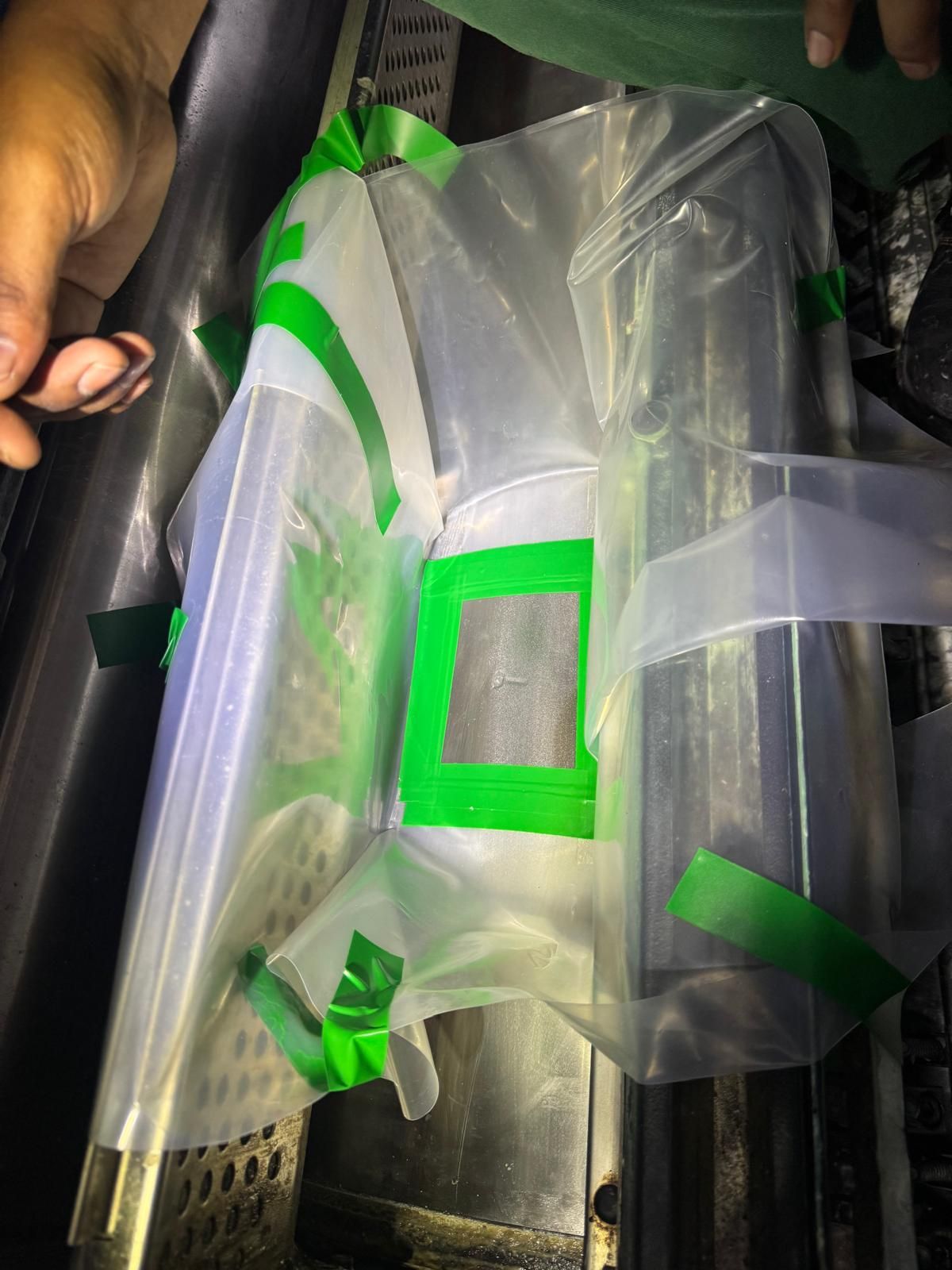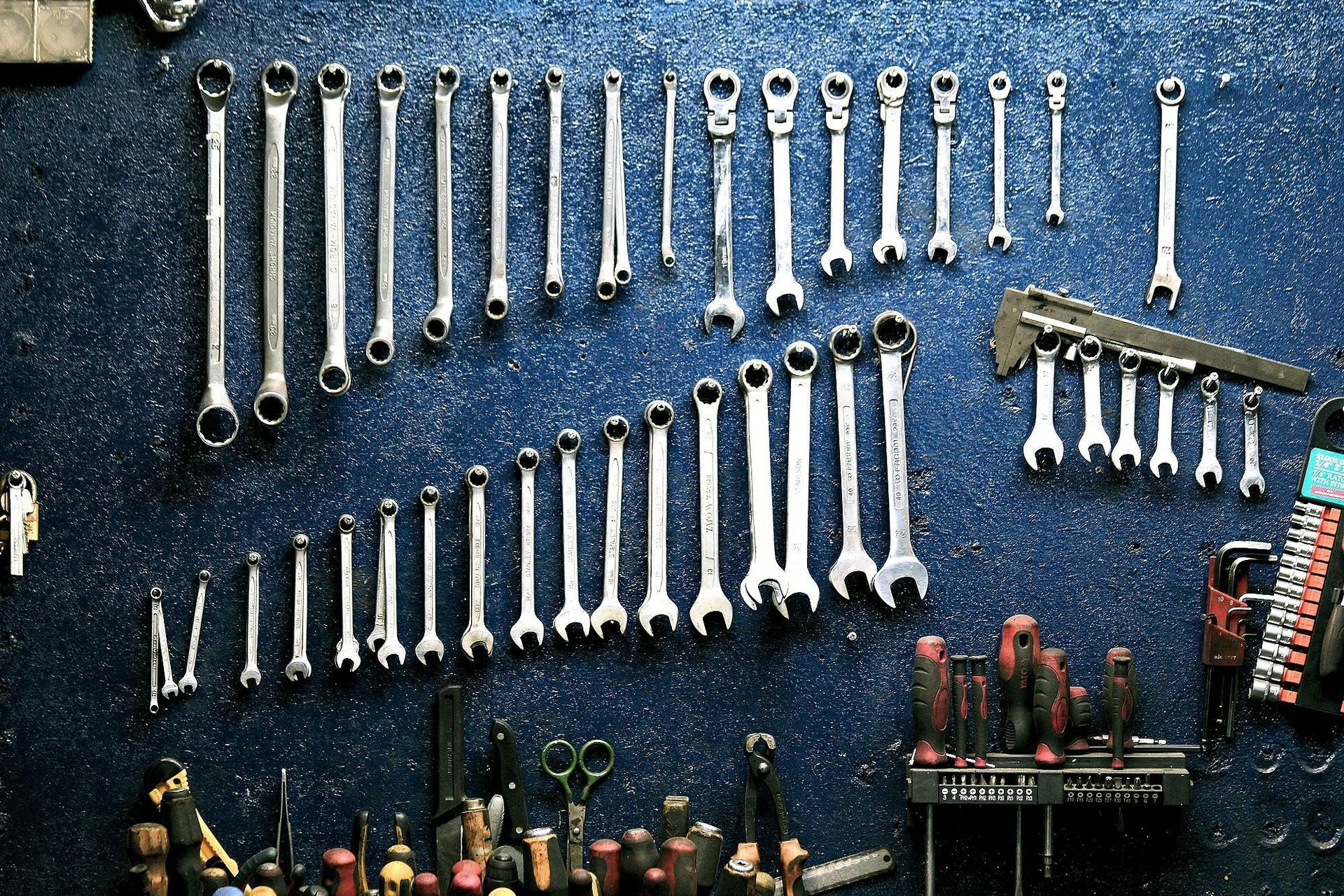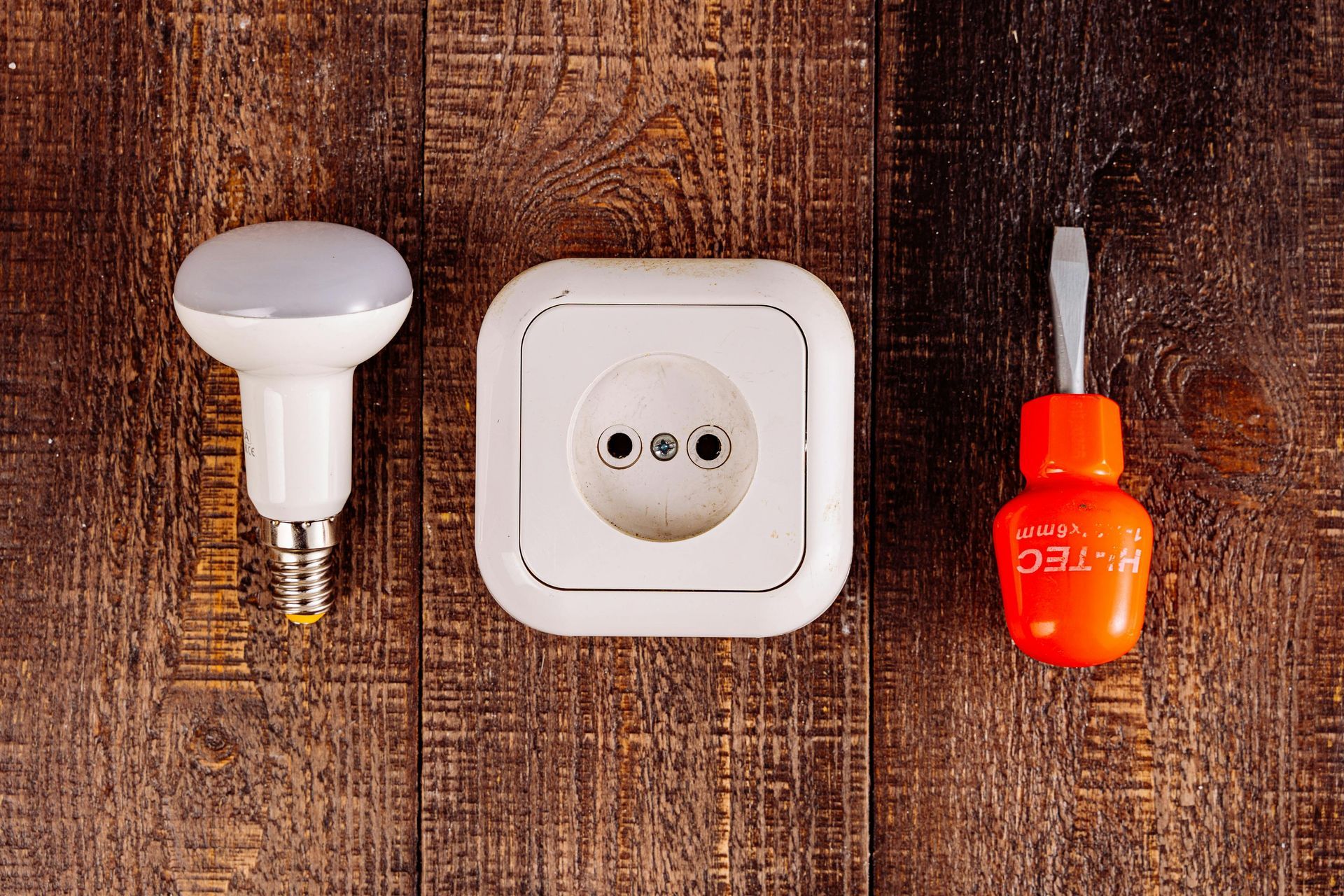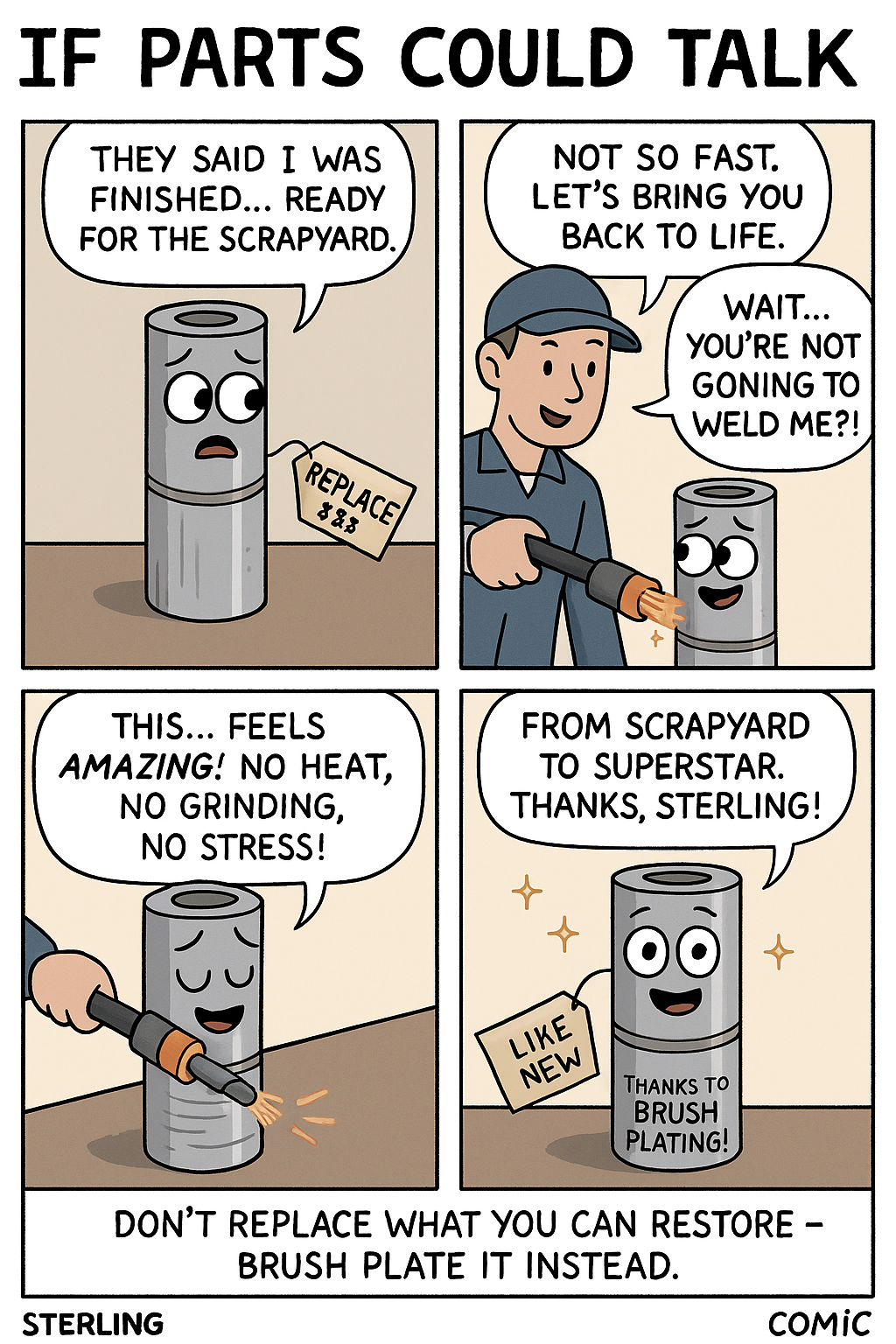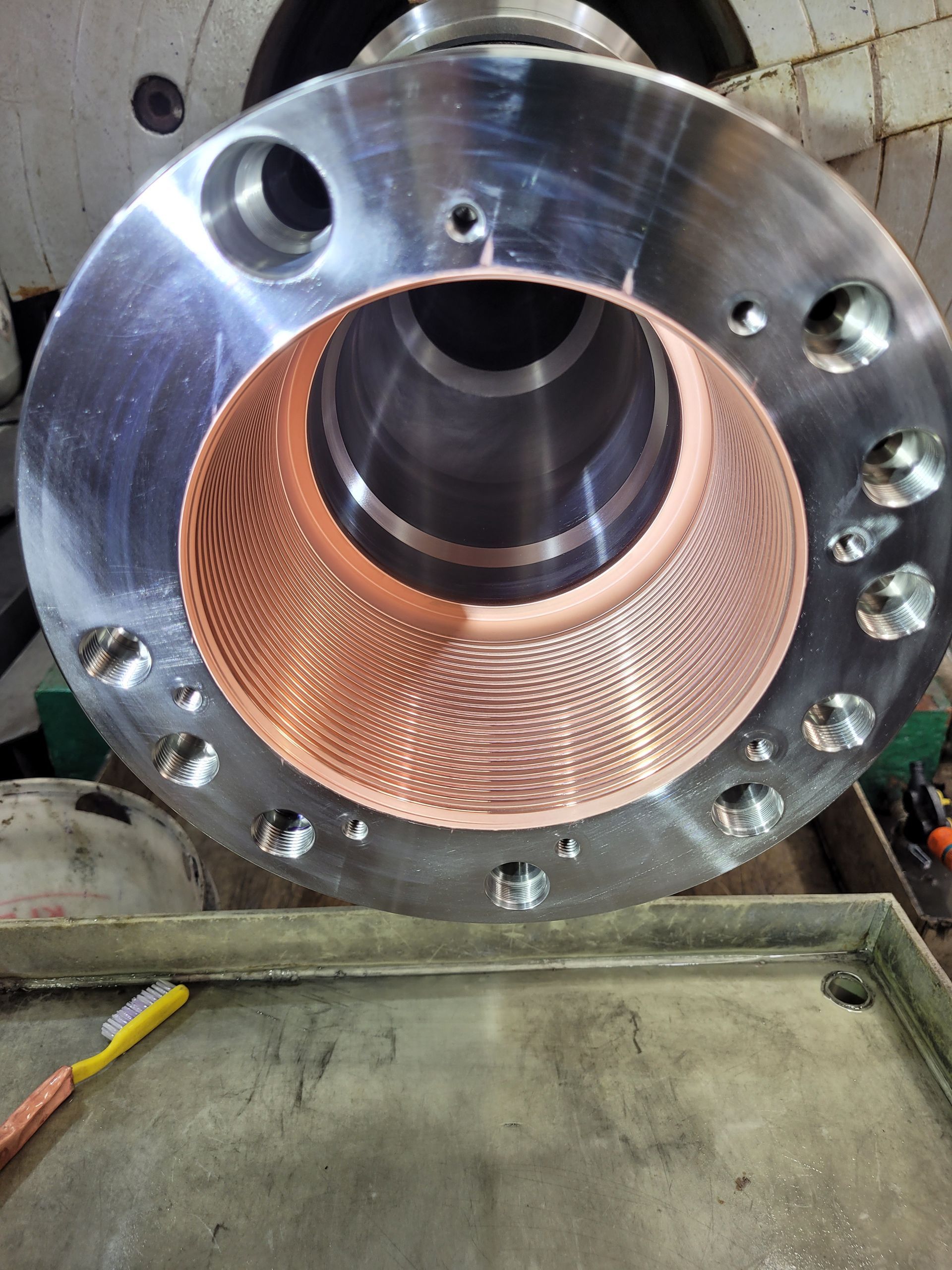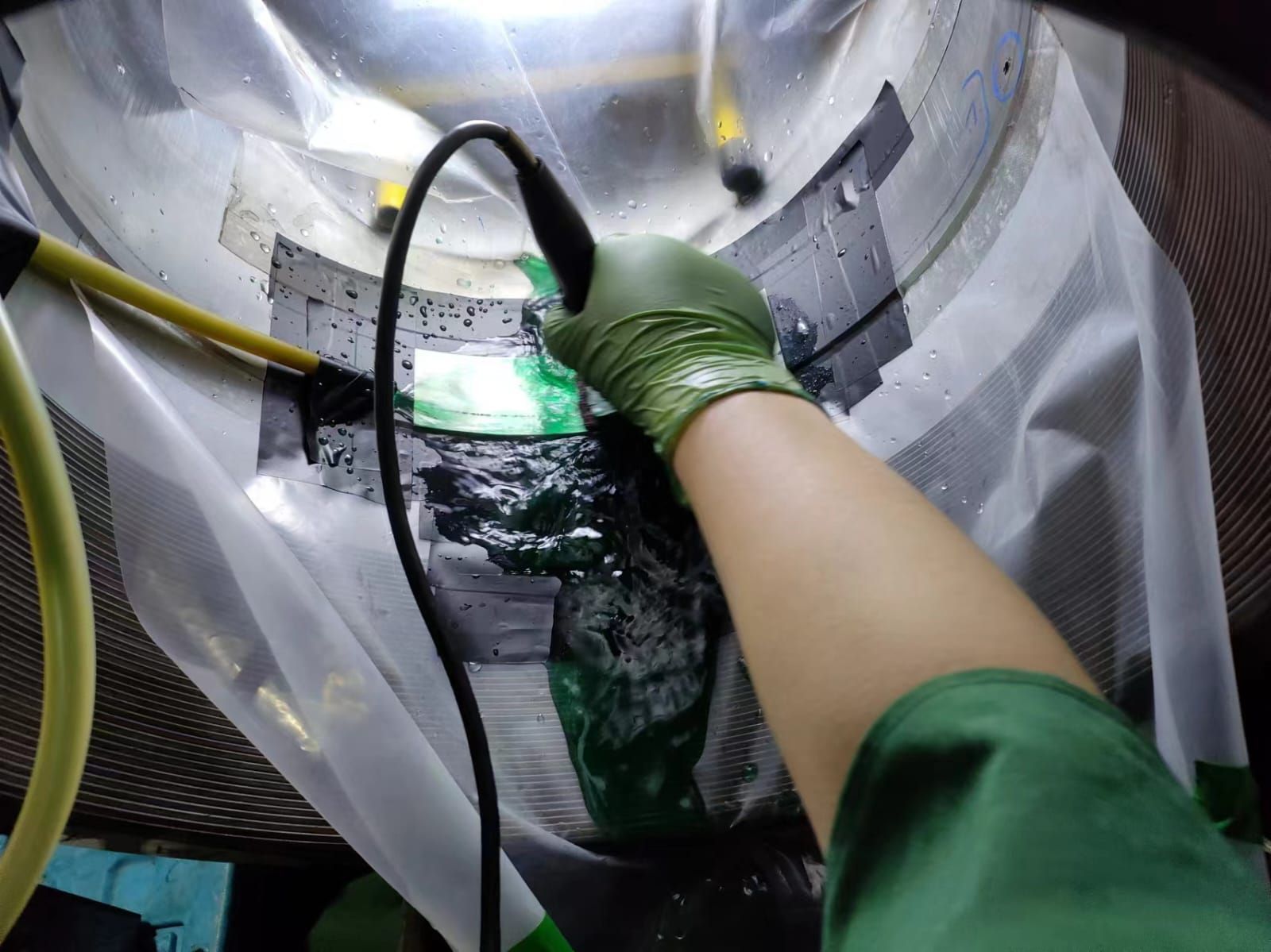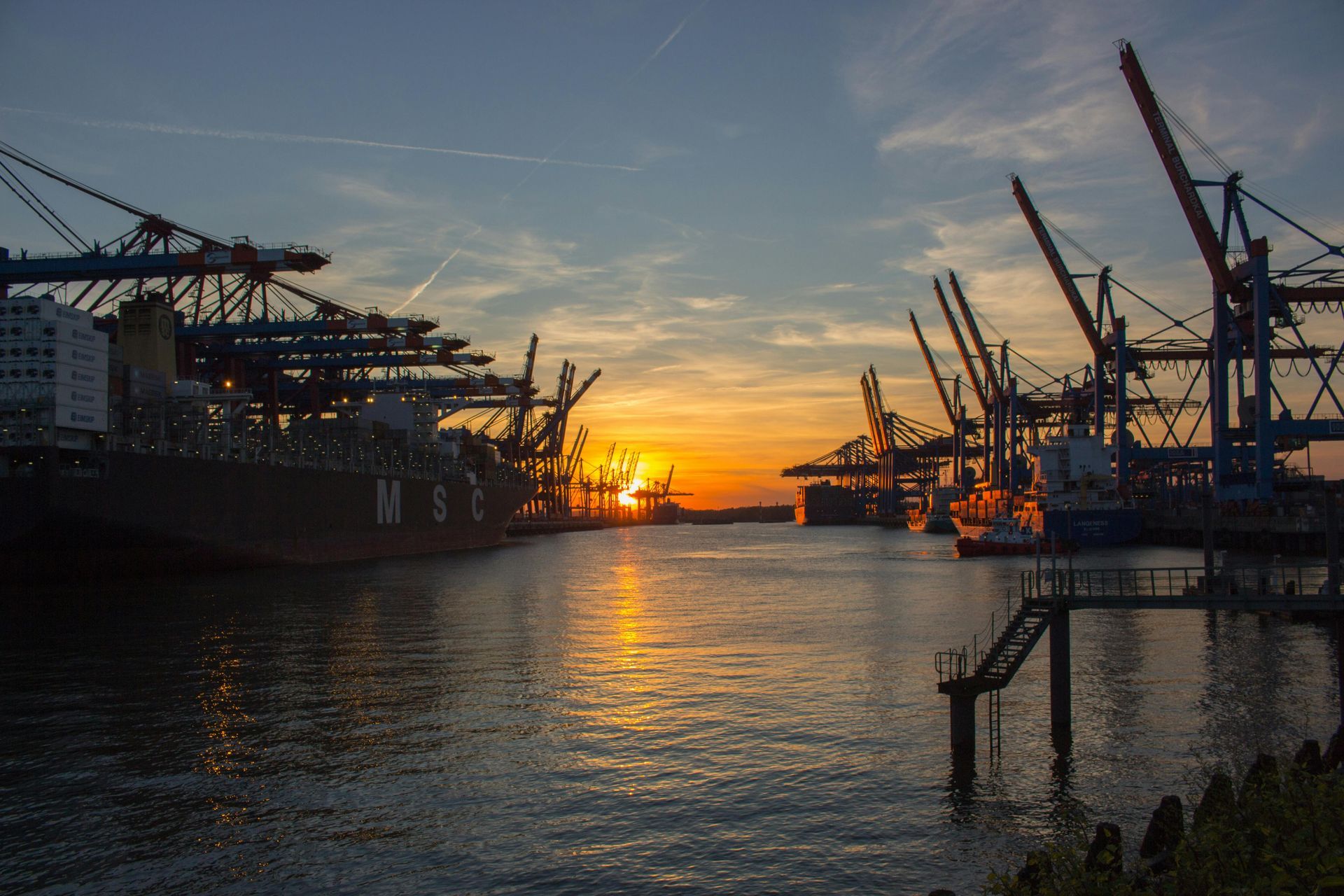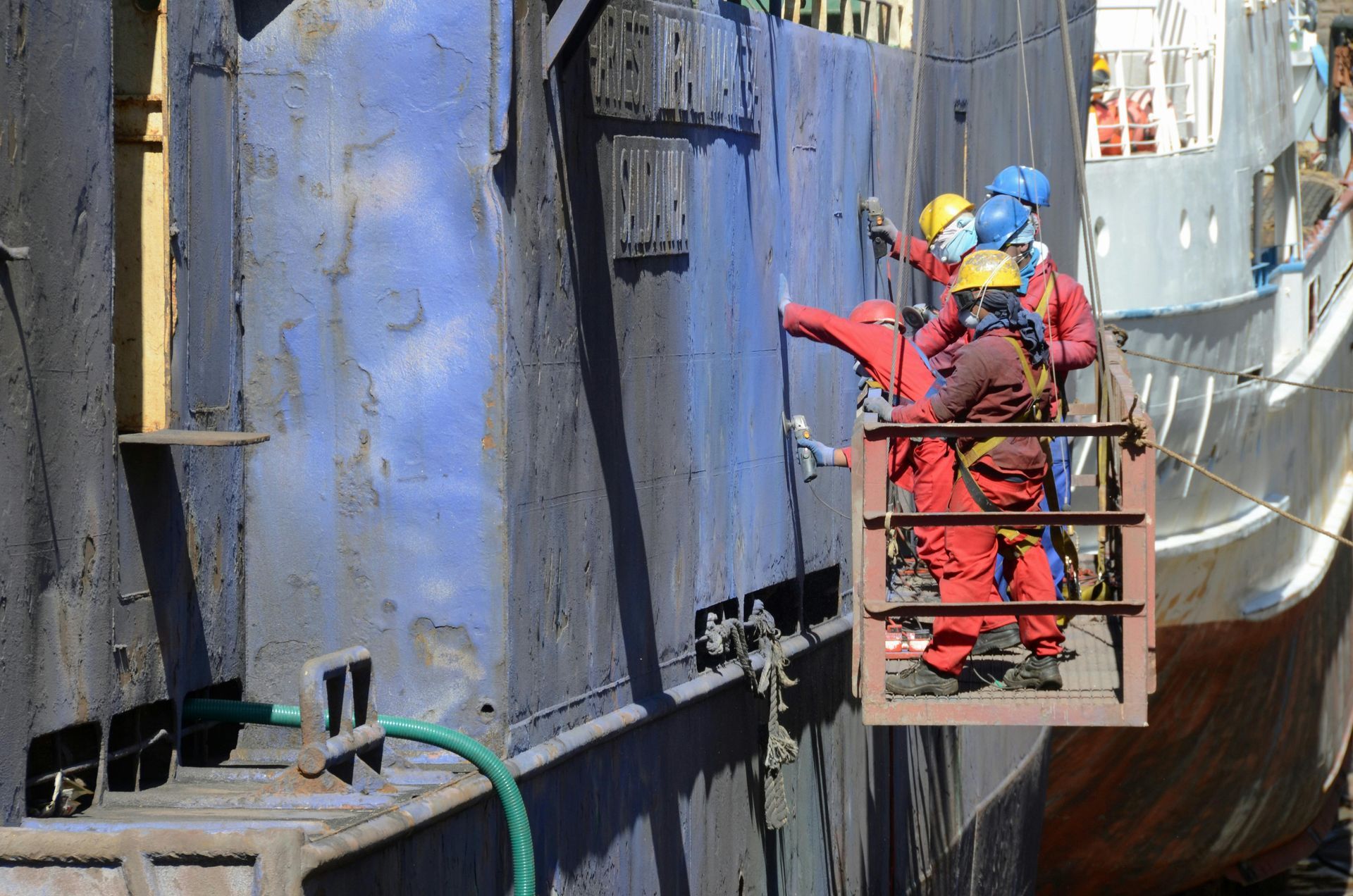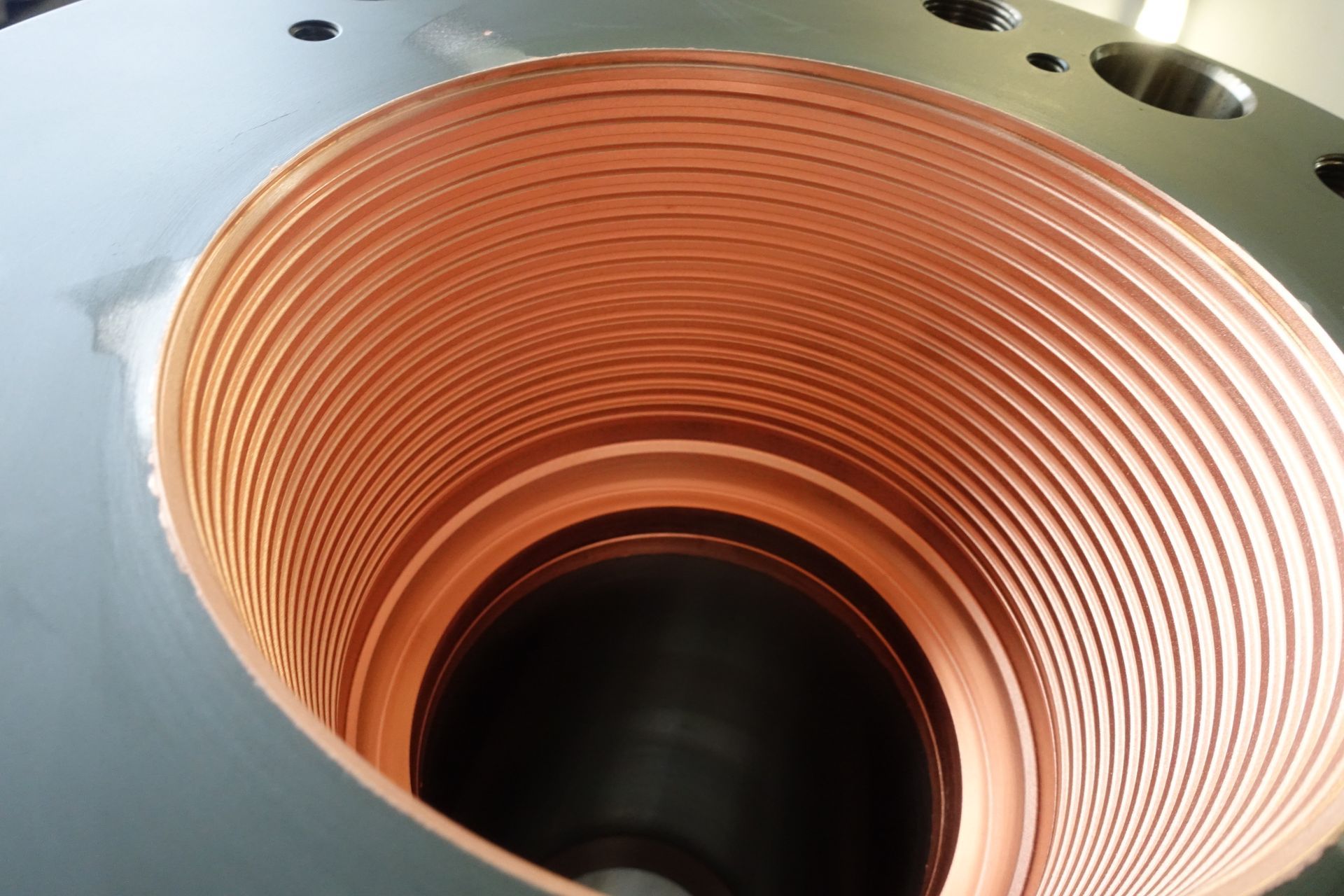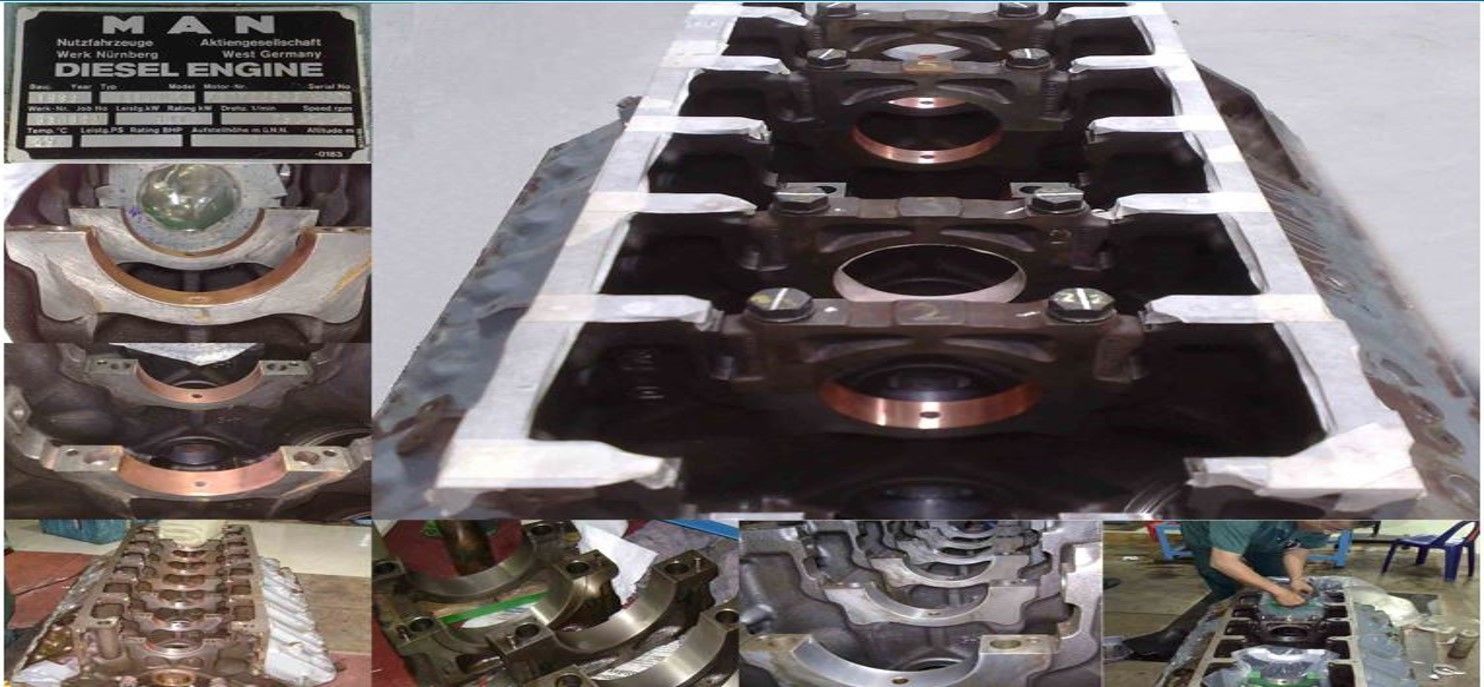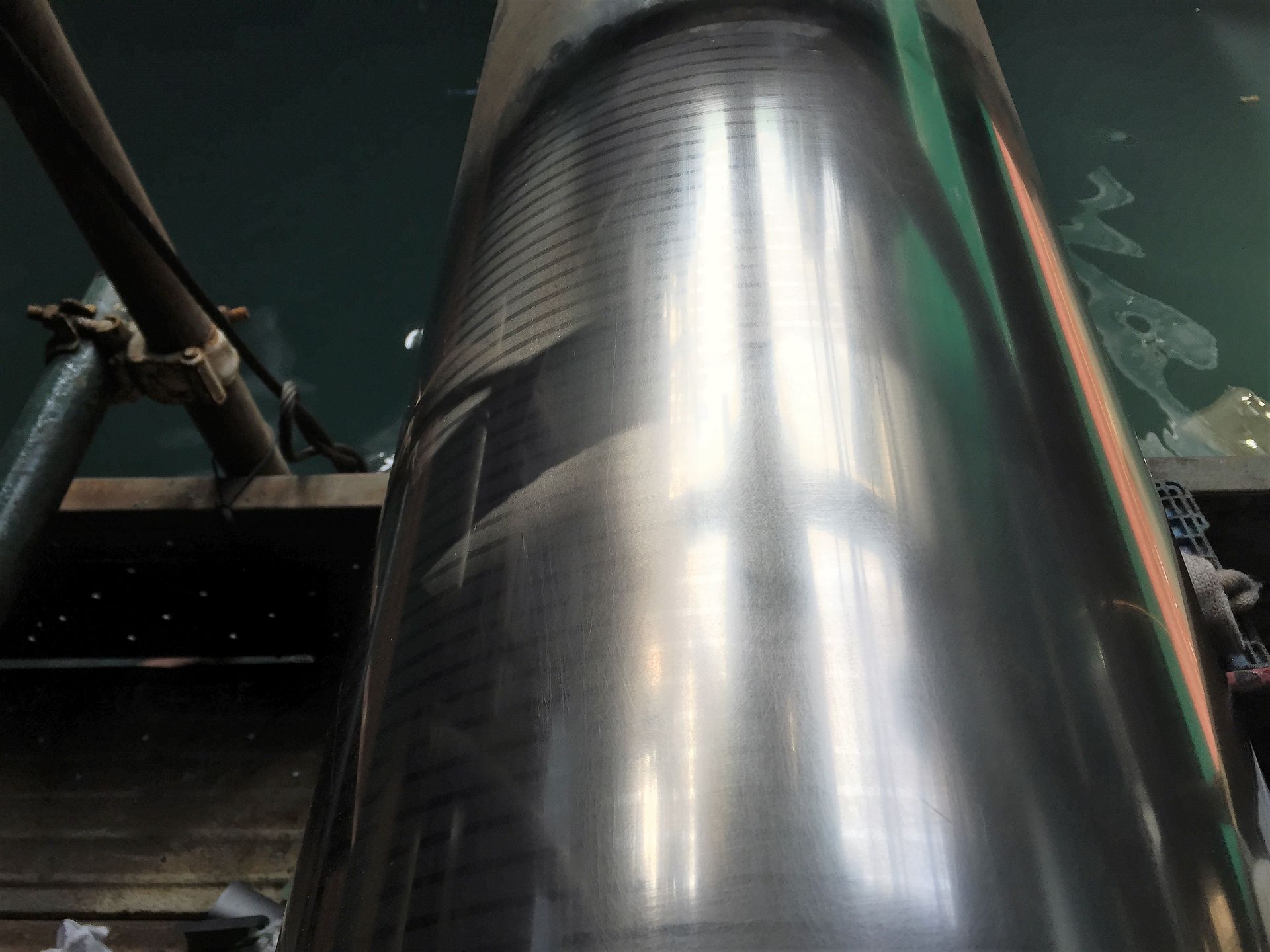Understanding Metalocking (Metal-Stitching):
A Cold Repair Revolution in Heavy Industry
In the world of industrial equipment maintenance and mechanical restoration, metal-stitching—also known as Metalocking—has emerged as one of the most reliable and time-tested solutions for repairing cracked or broken cast metal components.
Unlike welding, which introduces high heat and risks metal distortion or structural compromise, Metalocking is a cold process. It restores the mechanical integrity of cast components without altering their original metallurgy or geometry—making it the preferred method for industries where precision, strength, and material stability are critical.
🧩 What Is Metalocking?
Metalocking is a mechanical process that repairs cracks and fractures in cast iron, cast steel, or aluminum alloys by stitching the broken sections together using specially designed keys and locking pins.
It is called a “cold” repair technique because it does not involve heat or welding, which can weaken the surrounding metal, especially in components exposed to thermal cycles or stress.
🛠 How Does It Work?
The Metalocking process typically follows five key steps:
1. Crack Detection & Preparation
The full extent of the crack is identified and stopped at both ends with drilled holes to prevent propagation.
2. Slot Cutting for Keys
A controlled slot is machined across the crack in a precise pattern, typically perpendicular or stepped, depending on load direction.
3. Insertion of Metal Keys
Overlapping metal keys—usually made from ductile alloys—are hammered and locked into the machined slots to bind both sides of the crack.
4. Threaded Pins & Sealing
In between or along the crack line, tapered pins are threaded into place to fill voids and compress the surrounding material, reinforcing the structure.
5. Finishing
The surface is ground flush, and the area can be machined or plated, if needed, to restore surface dimensions or sealing properties.
🔍 Where Is It Used?
Metalocking is widely used in:
🔩 Marine & Ship Engines – Engine blocks, bearing saddles, water jackets
⚙️ Power Generation – Turbine casings, diesel engines, compressors
🛢 Oil & Gas – Pump housings, pipe flanges, hydraulic components
🚧 Construction & Mining – Heavy machine beds, gearbox casings
🏭 Industrial Manufacturing – Foundry equipment, press frames
It is especially valuable when replacing large, heavy, or obsolete parts is not an option due to cost or lead time.
🌟 Why Metalocking?
✔️
No Heat = No Distortion
Maintains original metallurgy—ideal for cast iron, which is brittle under heat.
✔️
On-Site Friendly
Repairs can be performed
in-situ, reducing downtime and dismantling.
✔️
Preserves Equipment Geometry
Maintains flatness and alignment—critical in large engine blocks and precision parts.
✔️
Proven Structural Integrity
When installed properly, Metalocking
restores 80–90% of the original strength, sufficient for most mechanical loads.



